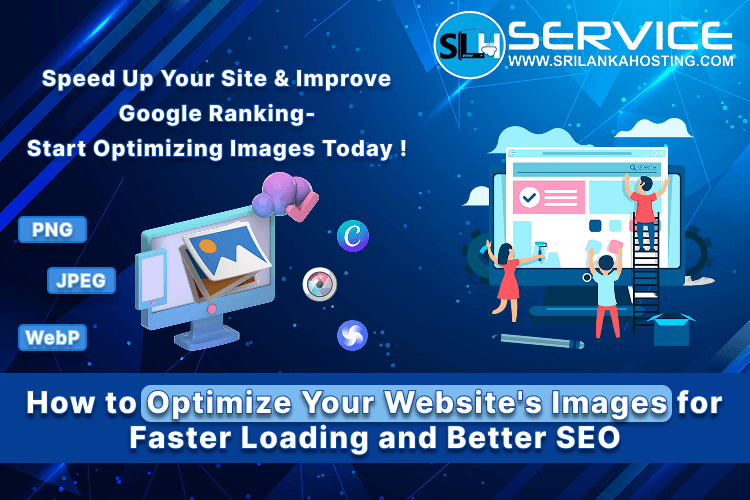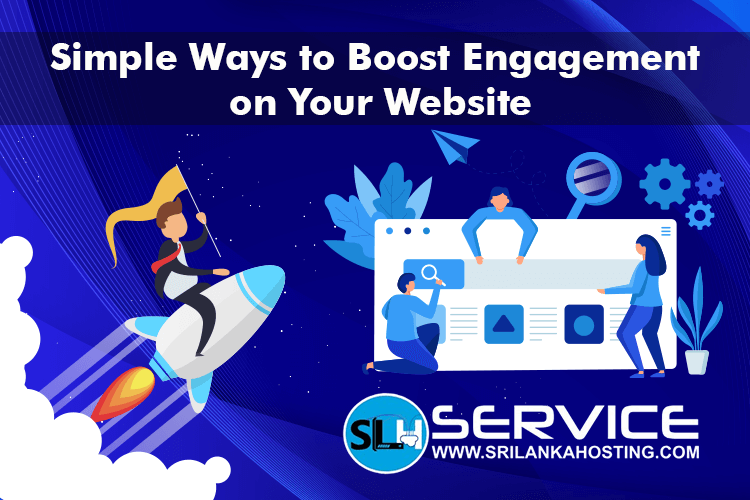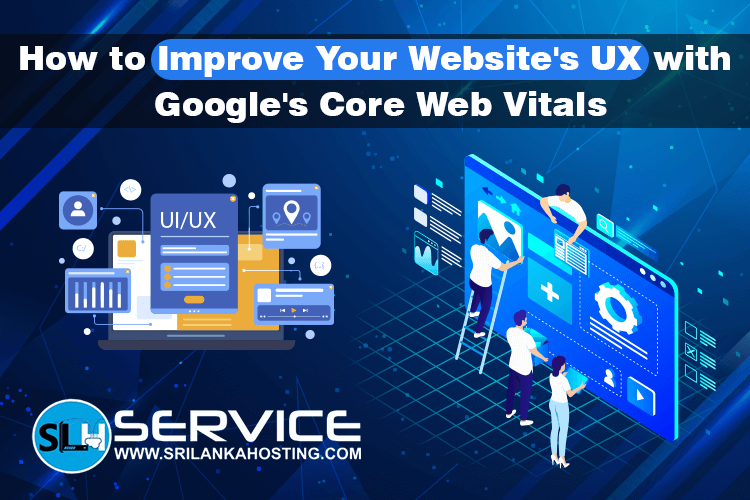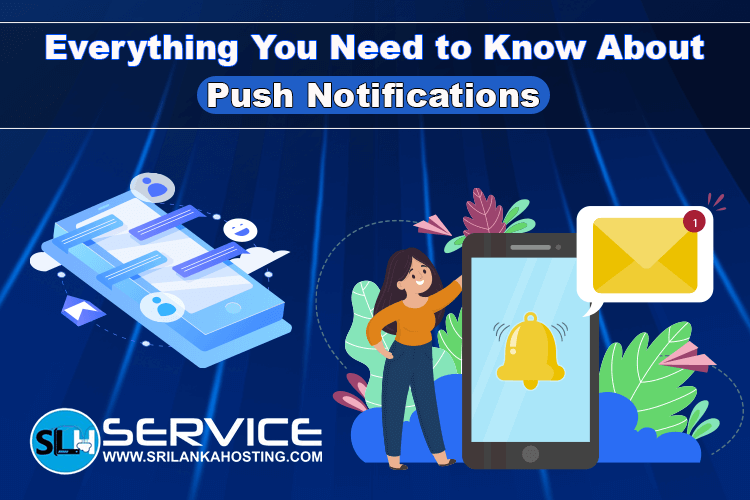How to Optimize Your Website's Images for Faster Loading and Better SEO
May 21, 2025

Images are also very important for your website. Images help make your website look beautiful and get your message across. But if your images are too large or used in the wrong way, they will cause your website to be slow. Slow websites are not good for your visitors and will hurt your search engine ranking as well.
In this article, we’ll explain how to make your images better for your website. This is called image optimization. It helps your site load faster and improves your SEO (Search Engine Optimization).
1. Use the Right Image Format
There are many image file types. The most common are:
-
JPEG: Good for photos and images with many colors.
-
PNG: Best for images with a transparent background.
-
WebP: A newer option. Smaller and quicker to load, but not all browsers support it.
Choose the best format for your type of image. For most websites, WebP is the best choice if your site accommodates it.
2. Resize Your Images
Do not upload very large images if they are to be small on your website. As an example, do not use a 2000px image for a small icon. Resize the image to the exact size that you need. This takes up less space and loads faster.
You can use free software like:
-
Canva
-
Pixlr
-
TinyPNG (for compression and resizing)
3. Compress Your Images
You can use software like:
-
TinyPNG
-
ImageCompressor
-
Squoosh
They compress file size without compromising the image.
4. Name Your Files Descriptively
5. Include Alt Text
Alt text (alternate text) is the text that describes what the image has. This comes in useful:- For people using screen readers
- Search engines to find out about your image
- Showing something if the image does not load
6. Use Lazy Loading
Most web builders like WordPress have lazy loading. You can also add plugins.
7. Add a Content Delivery Network (CDN)
Some of the most used CDN services are:
- Cloudflare
- BunnyCDN
- KeyCDN
Final Thoughts
-
Use the proper format
-
Resize and compress images
-
Use proper file names and alt text
-
Insert lazy loading and CDN if applicable
A faster site means happier visitors and increased returns for your company.





